top of page
M4-Frame vs field


Cities and the sky 2: Beersheba



" The invisible city: Beersheba "
Generally, the described city Beersheba has two reflectional, correspond cities in heaven and hell. The heaven city that decorated by gold, the diamond represents wealth, power and ultimate luxury, while the underground city represents the antithesis, filled with mud and rubbish. What I think hidden in the story is the coexistence of these two antitheses, which results in the actual Beersheba, that people over chases luxury and power, but blind their eyes to ignore the hope, faith and believe. The loss of humanity turns the Beersheba into a city full of rubbish and dirt, and that what my perspective trying to present.
Stage 01: Constructing the scenery model

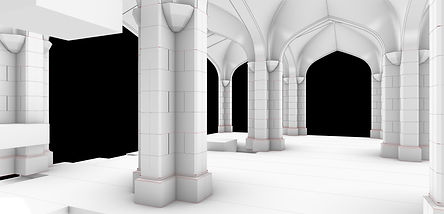
Workshop 5 & 6 introduces the steps required to construct the old quad. The 3 * 3 area is done by duplication of 9 single vaults that looks the same. Each vault is modelled from two given perspectives. The quad is used for lighting and camera setting conducted later on. In order to achieve my ideal quad scenery, certain components were changed or moved later on.
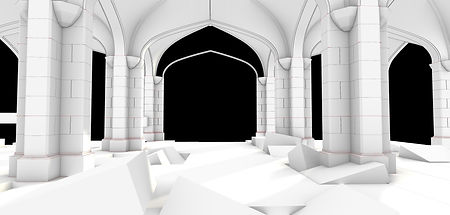

Above are the two certain perspectives chosen from the after-modified quad. The two perspectives will be filled with character and decoration, texture and lighting in the later stage. The modification on the original model includes several lifted ground blocks, in order to create a rough terrain to achieve a good shadow outcome for substances.
Creating Isometric drawing
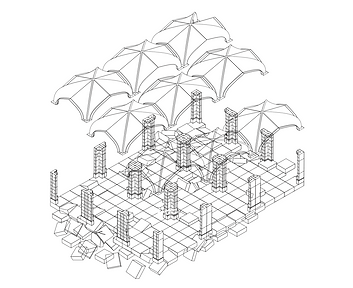
Camera set to South-east in Isometric view mode, setting Isometric drawing serves for adding notations on the model, later on, include the direction of the character, the direction of glance and gaze, time and atmosphere.

Adding Notation to the drawing
I did not add too many characters and decorations with movement in my perspective, thus the directions I marked was quite a few. I emphasise the atmosphere created more in the scenery.
Stage 02: Making the two perspective scenes
.png)
The first thing to do is to laying texture on the columns and ground. I choose to apply two layers of texture, I did a primary texture of mottled stone and a secondary texture of crushed stone brick on the columns. Characters are sent to Adobe Illustrator and Rhino in advance for placement, then doing secondary shadowing process into Photoshop again.
Character & Objects selection
Characters:
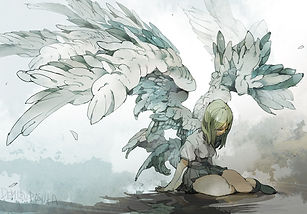

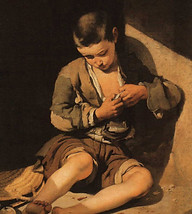
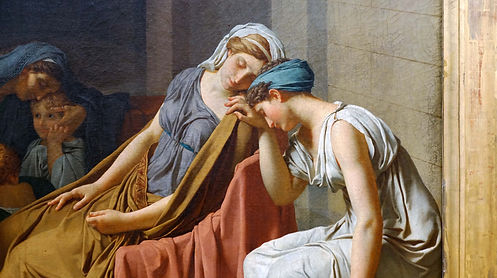
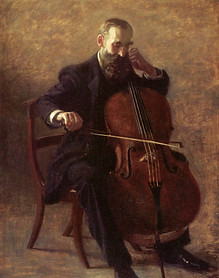
Backgrounds and decorations
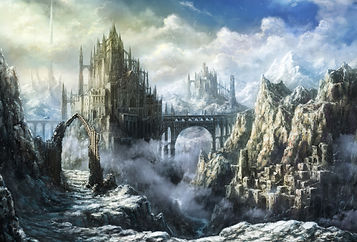

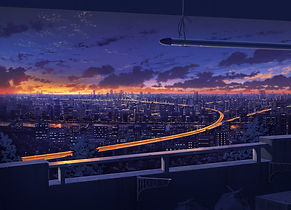
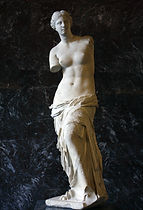
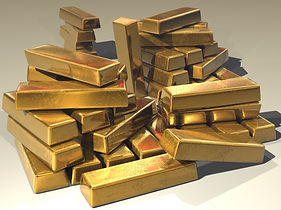
Analysis of two perspectives
Perspective 1: The first perspective talks about the feeling of tension and sadness. The angel is shot down and fallen from the sky to the edge of the quad. Besides her is the glorious city of Beersheba. However, in the reflection of the water, the Beersheba underground appears with mud, rubbish, and the same castle without any lighting. The angel turns into a gravestone and crucifixes, which reflects the idea of the antithesis of the city. The quad in the first perspective is filled with gold bars and coins, but also with human skulls, weeds and cracks, that reflects the idea of coexistence of the antithesis. I spent a lot of time on modifying the lighting and shadow in Photoshop, in order to achieve the best lighting, and emphasise the focus point on the fallen angel.
Perspective 2: The second perspective focuses more on the idea of “loss of humanity”. Related to the first perspective, the angel struggled across the quad and dead in front of the people, however, people seem more interested in the gold near them. The little beggar child in the front is playing with two golden bars, the two women are having naps, the old man behind fell in his cello. No one really cares if the angel ever struggling or asking for help, they have already abandoned their humanity and hospitality, but only interested in the things relates to their own benefits. Two vultures are flying around the angel, waiting to eat the angel’s meat after people are gone. The second perspective is more likely the explanation to the suspense settled by the first perspective. From “why is there a longly dying angel there?” to “people don’t care about the angel’s death”, which exactly respond to the theme of this city.
Two finished perspectives
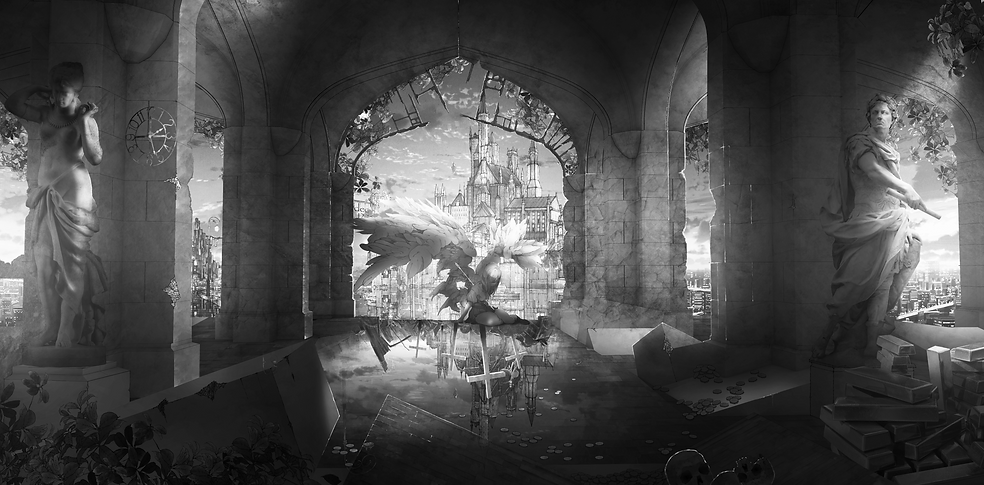

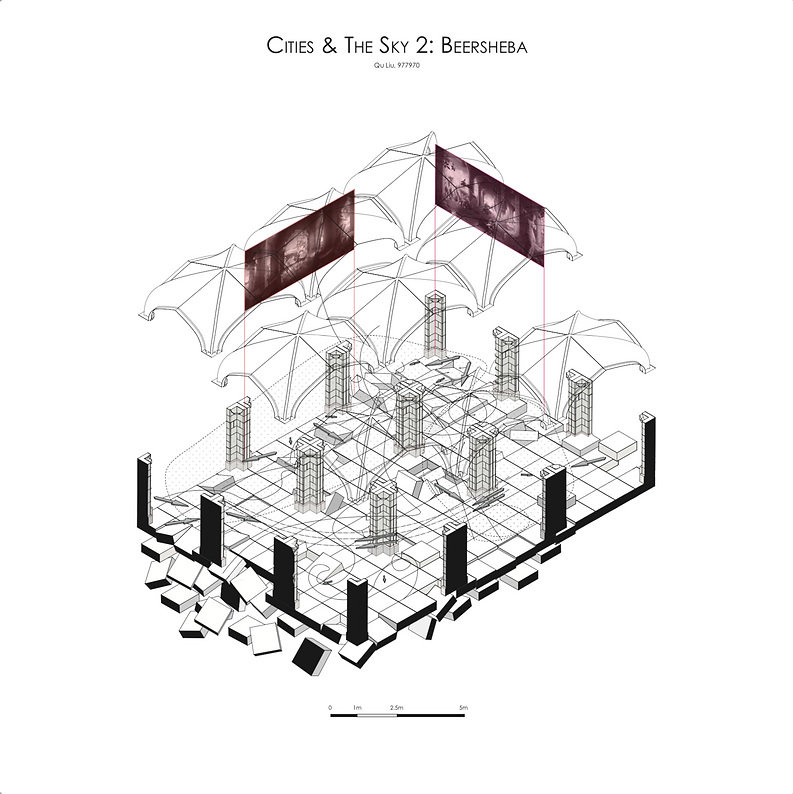
Reflection
Perspective 4 is probably the module I had the most fun in all four (exclude Module 5). It offers more flexibility and freedom for me to create my own story and my own image to present the scenery. Meanwhile, it does not takes that much long time to finish the work like the sleepless Module 3. I found myself have more inspiration when doing the perspectives. I don't want to do my perspective like a random screenshot from a video, with a scene that is unordered. I started to plan the scene even before the screenshot perspective in Rhino was taken. I deal with this perspective, not like a pasteup, but more like a painted illustration. This not only makes me more involved in the process but also makes the finished perspective more delicate.
Isometric drawing also affects me a lot in the past few weeks. When I did illustration creation before, though I know there is a 3D space painted in the frame, but I never think about the continuity within different paintings. The isometric drawing displays how views in frames can be related to space, even though they are not in the same time period of a day. The notations in the isometric drawing make the stories between different perspectives flow continuously, stationary images started to have movement when our brain is reading the notations and automatically imagine, connect the images together into a story. Besides, I also see the importance of notations application, as a bridge between representation and the creator's idea. It is a very useful tool that helps to break down the complex presentation into isolated but connected pieces, and gonna influence me with future design in architecture and graphic designs.
© 2019 by Qu Liu Jeff. Website created with Wix.com
bottom of page